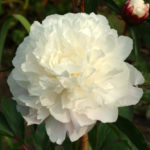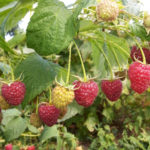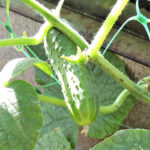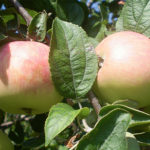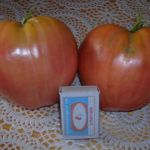Rose Queen Elizabeth
The title of queen in the flower world is not easy to maintain. After all, varieties of roses are created annually, which apply for a flower crown. And there are quite a few varieties bearing the proud Queen in the name. But there is a special Queen, over whom time has no power. Her name is Queen Elizabeth. Over a long history, she managed to go through many stages - from triumph to almost oblivion. But each time she was reborn, proving that it was she who was the real Queen. Due to the fact that the plant in the process of development is able to form a large percentage of high-quality seedlings, the culture is of value for nursery owners. But ordinary rose growers were conquered by this beautiful rose, still remaining one of the most desirable varieties in the garden. And this is no coincidence, because culture not only has an excellent appearance, it is also famous for its endurance. In 1965, the Lammers rose growing company applied to the State Register for permission to grow the variety it created in the then still existing USSR. In 1994, the plant was included in the State Register of Breeding Achievements of Russia with admission in all regions of the country. The originator was the Plemzavod Maisky Agricultural Production Complex. The variety is also known under other names: Queen of England, The Queen Elizabeth Rose.
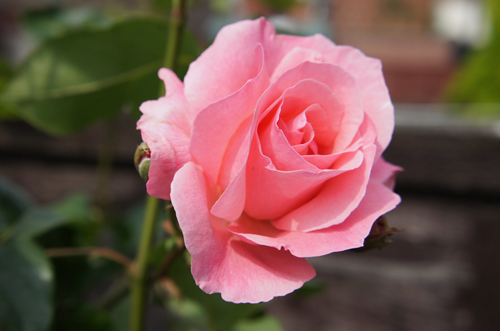
History of creation
Queen Elizabeth represents a new large group of grandiflora and belongs to the American selection. The future celebrity appeared in the Lammerts rose nursery. It was created by American scientist, gardener and geneticist Walter Edward Lammers in 1951. The varieties of Charlotte Armstrong and Floradora were taken as a basis. In 1954, the novelty was presented in the USA as Queen Elizabeth on the pages of the “Germain Seed & Plant Co” magazine. The author dedicated the variety to Elizabeth II, the English queen who inherited the throne in 1952. From that moment on, the triumphant procession of the charming rose around the world began. In her group, our heroine is recognized as the most outstanding variety.
Awards
The fact that American breeders have managed to create something amazing is confirmed by the numerous awards that the variety has been showered with as if from a cornucopia:
- 1954 - a gold medal, won in the USA, Portland;
- 1955 - All-Amerika Rose Selection AARS Award of the All-American Rose Breeders Society;
- 1955 - PIT President's International Trophy prize, Royal National Rose Society (RNRS), Great Britain;
- 1955 - gold medal from the RNRS, Royal National Rose Society (RNRS), USA;
- 1957 - Gertrude M. Hubbard Gold Medal;
- 1957 - Gold medal won by Queen Elizabeth in The Hague, Netherlands;
- 1960 - gold medal and diploma from the American Rose Society (ARS), USA;
- 1968 - nomination "Golden Rose", The Hague;
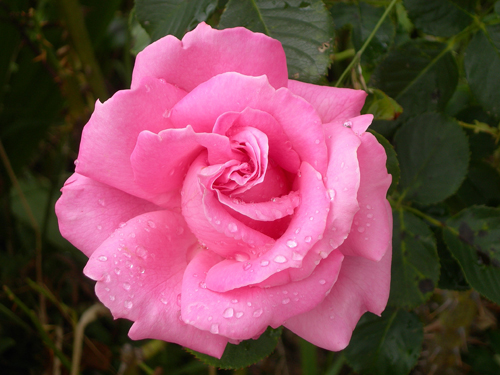
- 1979 - the title of "The most beloved rose in the world" from the World Federation of Rose Societies;
- 1999 - the title of "Best Grand Flora", won in Canada at the Huronia Rose Society competition;
- 1999 - the title of "Queen of the Show", won in Canada by the Huronia Rose Society (CRS);
- 2000 - Prize of the Court of Show / Honor, Lower Cape Rose Society, USA.
Description
The plant is strong, powerful. Shoots are strong, thick, tending upward, covered with large, but not too often spaced thorns. The bush is straight, dense, 100 - 250 cm high. Due to the upright shoots, the habitus is quite compact, the width of the bush does not exceed 100 cm. The foliage looks decorative and elegant. The leaves are large, dark green, leathery, with a glossy surface. Young leaves are colored purple. Usually the inflorescence consists of 3 - 5 buds. But according to some reports, the shoot can be crowned with large inflorescences, consisting of fifteen flowers.
Grandiflora Queen Elizabeth surprisingly combines the abundant flowering of floribunda and the grace of hybrid tea flowers. The buds are elegant, sharp, 5.5 cm high. A cup-shaped rosette with a high center. But when fully revealed, it becomes almost flat. The petals are dense, with a wavy edge, bending back, giving the rose incredible lightness and elegance.The Queen Elizabeth flower is quite large, with a diameter of 10 - 11 cm (according to the State Register 6 - 7 cm), classified as double - the number of petals, according to the State Register, is 27, but their maximum number can reach 40. The color is very beautiful - pink, delicate, clean and warm. It was this shade of pink that most rose growers liked.

Bloom
Our heroine belongs to the re-flowering ones. Long bloom, depending on the region, begins in May - June and ends in September - October. With good care, the period between flower waves is practically absent, thanks to which rose growers call the royal a real workaholic. The pink queen blooms very profusely, sometimes the bush is not visible under light fluffy pink clouds. But so that the flower cloud does not lose its charm, the gardener must remove faded inflorescences in time. The aroma of the rose is pleasant, delicate, fresh, sweetish, but not intrusive.
Queen Elizabeth's coloration is considered to be very persistent. The color does not fade much in the bright sun, it just becomes a little lighter, but at the same time it does not lose its attractiveness. In temperate climates, pink remains fresh and rich until almost completely blooming.
Characteristics
- Queen Elizabeth is able to show full flowering for the second year after planting. But even in the first year of flowering, she was able to conquer more than one rose grower with her decorative qualities;
- winter hardiness zone, according to the US Department of Agriculture (USDA) - 6, like the vast majority of varieties. But according to the State Register, it is possible to grow a crop in any region of the country, however, performing certain procedures for sheltering the plant for the winter. Florists confirm the rose's good ability to endure winters in the Moscow region and the Leningrad region, of course, under cover. Even if it happened that during the period of recurrent frosts, the buds froze, the plant easily recovers due to the regrowth of new shoots;
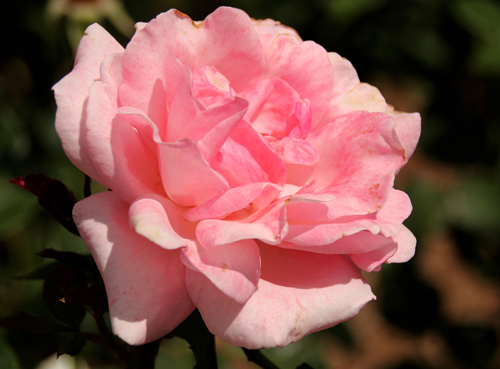
- immunity is quite high. Our heroine has good resistance to the main diseases of the culture - powdery mildew and black spot. True, defeats are possible in epiphytic years. There is evidence that the leaves can suffer from rust. But, according to the reviews of flower growers, the plant is resistant to diseases, therefore it does not lose its decorative effect throughout the season;
- of the pests, caterpillars can be the most disturbing;
- thanks to the strong shoot, our heroine can be used as a cutting plant. In a vase, the flowers of this rose retain their freshness and attractive appearance for about 6 days;
- resistance to rain is insufficient. During a prolonged rainy period, the buds may not open. But, nevertheless, in the description of this ARE it is said that Queen Elizabeth feels great in England. When the weather is not sunny there, the dense petals do not suffer from the humid climate. And, according to the reviews of rose growers, short rains are only good for the plant.
Agrotechnics
Despite her royal appearance, Queen Elizabeth is quite unpretentious. Even a novice gardener can grow a magnificent beauty from a small seedling. But you still need to know the basics of landing and leaving. Planting can be done in spring or fall, depending on the region. The description mentions that the plant can grow well even in poor soils. But why experiment? If you want to get the most out of the rose, try to prepare the planting hole in advance by filling it with nutritious soil. Choose a sunny site, then the flowering will be even more magnificent.
Our heroine is responsive to fertilization. As a top dressing, you can use universal fertilizers or organic matter. In order not to bare the shoots below, you need to properly prune. For the winter, the shrub is cut to a height of 60 - 80 cm.You cannot cut below, since the buds located at the very bottom will wake up longer, and flowering in this case will be delayed. In spring, the plant grows back very quickly and gives a large number of shoots. For the winter in cool regions, the perennial is covered with any air-permeable covering material.
Queen Elizabeth is a unique rose of its kind. For over 60 years, this variety has remained in demand. According to reviews, the plant is unpretentious, practically does not get sick, winters well and has good immunity. Even with minimal care, he tries to please the grower. Long flowering, complemented by a pleasant delicate aroma, lasts until the very cold. The flower queen is equally good in a flower bed or as a hedge. Looks great in a single planting or in a flower arrangement, especially with the right floral accompaniment.

